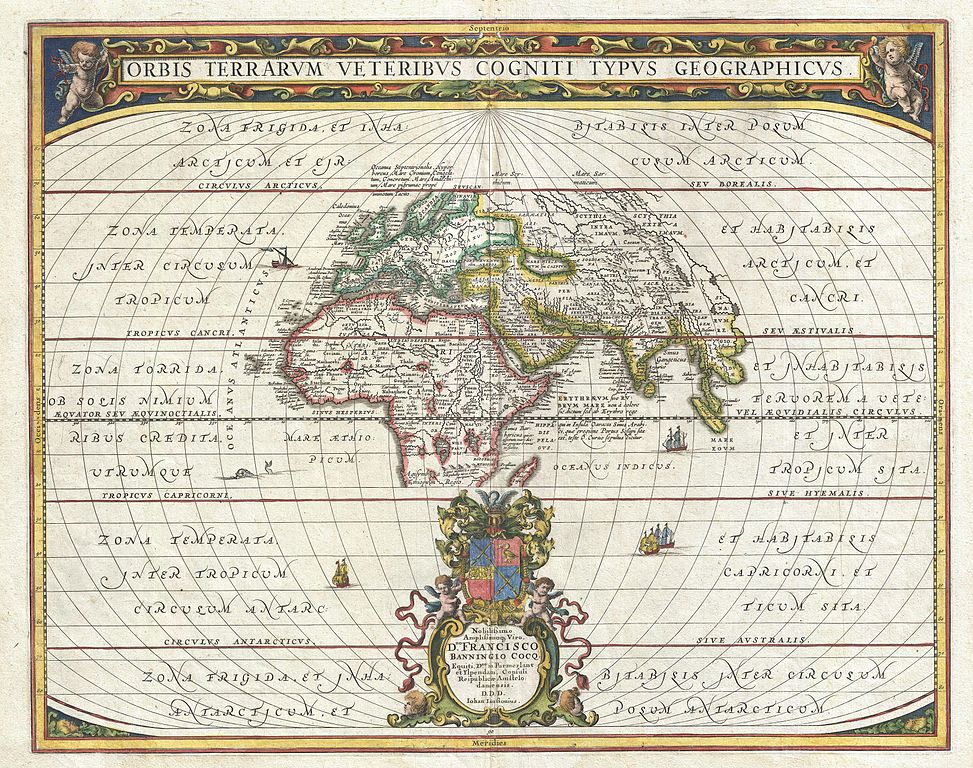Our maps today have more detail and greater navigational accuracy. That means we have different unknowns to ponder.
Not too many decades ago armchair travelers could read about distant, even uncharted places of the world, often told from cautionary, fantastical perspectives. That is, those places were distant and uncharted relative to travelers situated in northern, western, industrialized armchairs. To those who actually lived in those “distant, even uncharted places”, their geography was (obviously) neither distant nor uncharted.
Nonetheless, book-bound adventurers of the past could conjure mysterious parts of the Earth precisely because those places offered limited human contact. Those hazy, foreign places offered little informational transaction for those who considered themselves educated and worldly—an irony of the first order. In distant seas, there be dragons. “In Xanadu did Kubla Khan a stately pleasure-dome decree.”
There are still places largely unknown to most people on Earth, and many of them are also places that most people are unlikely ever to travel, even for good cause or deep motivation. These include the vast stretches of water- filled basins around the world more commonly called oceans. These also include the forbidding frozen spaces of Antarctica. Everywhere else on the planet, while perhaps far from developed urbanization, has largely been charted. There’s almost nowhere on Earth that hasn't been explored to one degree or another. While some people still speculate that there may be a few indigenous groups in the Amazon yet to be discovered by technologically advanced researchers, the wider view is that we now know where everybody is and, with insufficient insight or respect, how everyone lives. Our maps now extend everywhere and that’s enough to call the matter settled.
What does this do for creativity? Can we imagine fantastical, extraordinary places anymore now that we’ve collectively seen it all, mapped it all, can call up any spot on the planet in a web browser on our handheld device? The well-travelled fantasy worlds of pop-culture—Middle Earth; a galaxy far, far away; The Matrix— are themselves products of lifetimes spent considering the heretofore mysterious, non-English speaking places. Now that we know there are no floating cities, that there are no magicians practicing in mountain redoubts, where do we turn to find fuel for our imaginations? What becomes of the eternal city over the horizon, ready to enchant us with sights and sounds we can hardly imagine? Where do we find our minds wandering about what’s yet to be revealed?
This changes the narrative of imagination, for starters. Simply put, we are forced to imagine harder. We are forced to imagine with greater nuance and complexity, asked to be more knowledgeable and astute. By knowing the latitude and longitude of every centimeter on our planet, we must imagine new ways those places intersect. We must ask ourselves what discoveries might happen with the people we encounter right here, in the world we think we already know. A 19th century reader wondered what strange rituals enabled survival in dark jungles far away. A 21st century reader should wonder what rituals enable survival in a country where lifetime employment is no guarantee and educational excellence depends on who’s evaluating the merits of what you know. How might we imagine a refugee from a disadvantaged, malnourished nation becoming a geneticist? How might we imagine the implications of biodiversity becoming a multi-national priority?
There are still uncharted realms. The difference is that many exist in the spaces we already occupy, in territories through which we travel every day. With dark places on the map now revealed, we may have to imagine harder, but we also have opportunities to image deeper.

